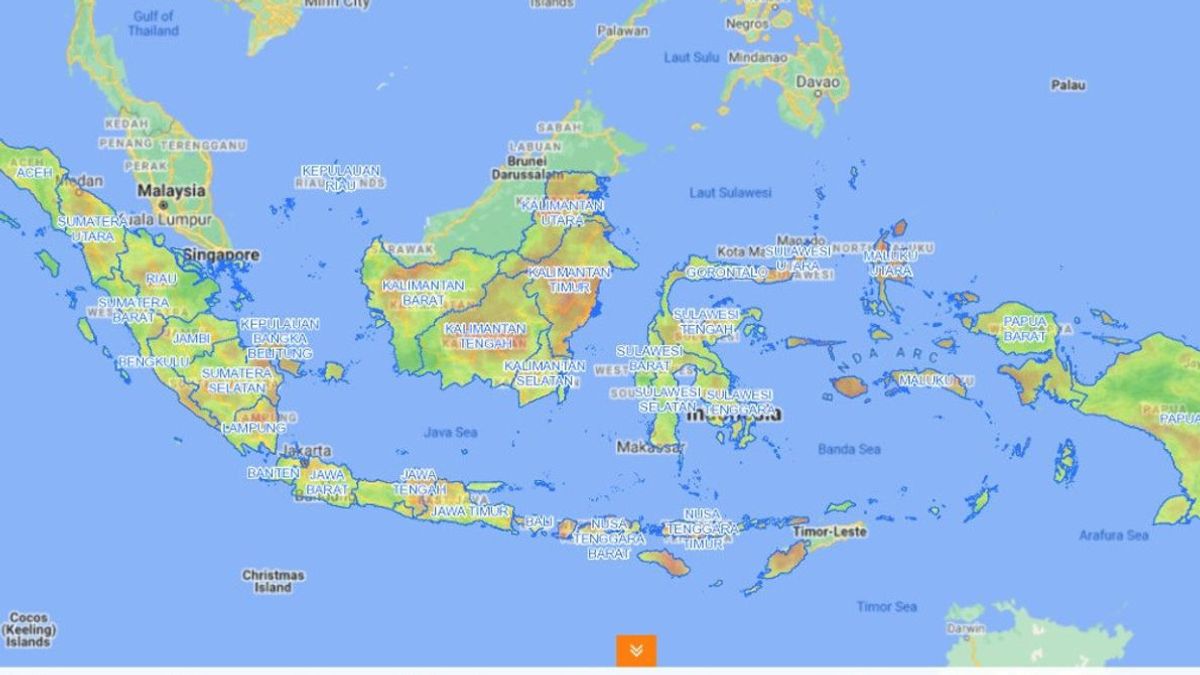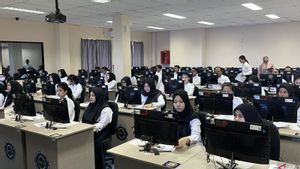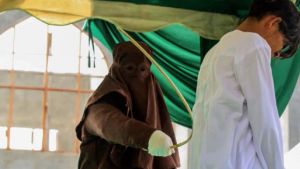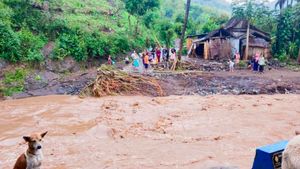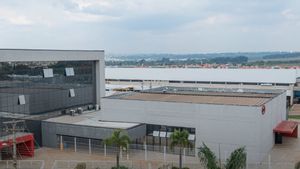JAKARTA - An earthquake with a magnitude of 4.9 occurred in South Nias, North Sumatra. There have been no reports about the impact of this earthquake.
The Meteorology, Climatology and Geophysics Agency (BMKG) said the earthquake in Nias occurred at 23.52 WIB, Tuesday, November 3. The location of the earthquake was at 0.19 North Latitude, 97.78 East Longitude.
The epicenter of the earthquake was at sea 42 km southwest of South Nias. The depth of the earthquake was 15 kilometers.
This earthquake was felt on the MMI III scale in South Nias. BMKG said the MMI III scale shows that vibrations are felt real in the house.
The La Nina impact#Gempa Mag: 4.9, 03/11/2020 23:52:30 (Earthquake center at sea 42 km West of South Nias Power), Depth: 15 Km Felt (MMI) III Nias Selatan, #BMKG
- BMKG (@infoBMKG) November 3, 2020
Head of the Meteorology, Climatology and Geophysics Agency (BMKG) Dwikorita Karnawati said there are a number of areas that have the potential to experience flooding from November 2020 to January 2021 due to increased rainfall triggered by the peak of the global climate La Nina.
This La Nina phenomenon has occurred since early October and is expected to last until April 2021 with a weak to moderate La Nina intensity. According to Dwikorita, La Nina's influence will not be the same in one region to another.
However, some areas in central and eastern Indonesia are expected to experience above normal rainfall during this rainy season. Because of that, Dwikorita asked regional heads to anticipate the impact of this phenomenon, which is usually in the form of hydrometeorological disasters such as floods, flash floods, landslides and strong winds.
This is because this disaster has the potential to threaten the agricultural, transportation, infrastructure, health and public safety sectors.
"As a mitigation measure, it is necessary to optimize water management in an integrated manner from upstream to downstream; river basins and canals to anticipate excess water discharge," said Dwikorita who was a speaker at the PDI Perjuangan Rakorbidnas which was held online, Saturday, October 31.
In addition, Dwikorita also asked the local government and the public to actively monitor weather and climate developments through the official BMKG website and the BMKG Info application which can be installed from the Play store or Apple store. Another alternative is to contact BMKG offices in each province.
The English, Chinese, Japanese, Arabic, and French versions are automatically generated by the AI. So there may still be inaccuracies in translating, please always see Indonesian as our main language. (system supported by DigitalSiber.id)
